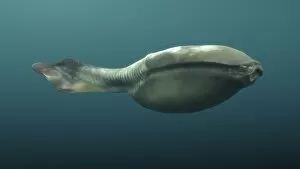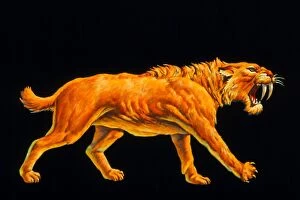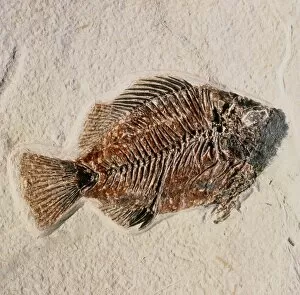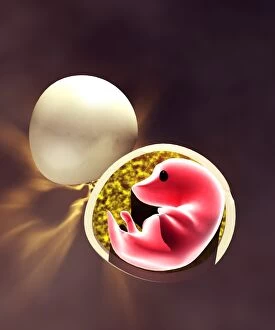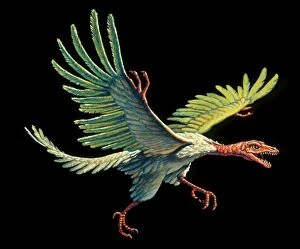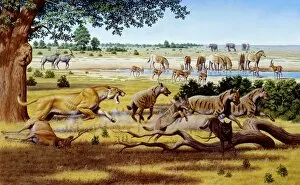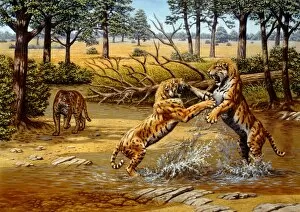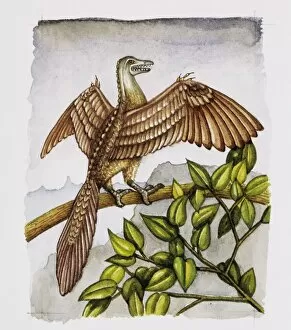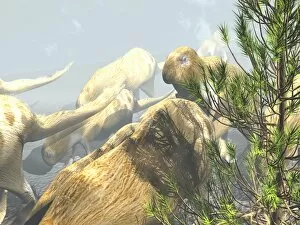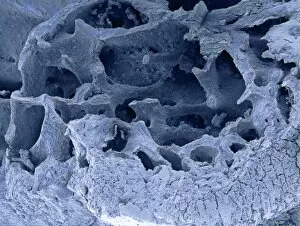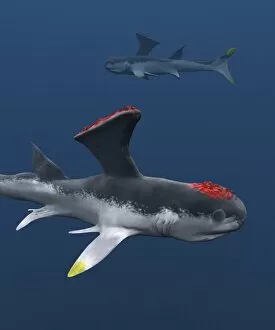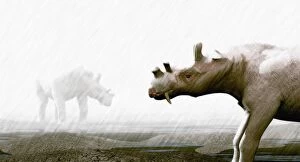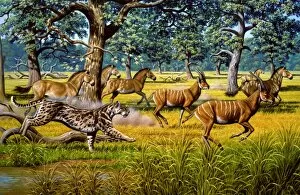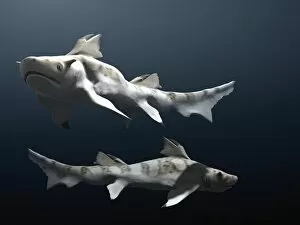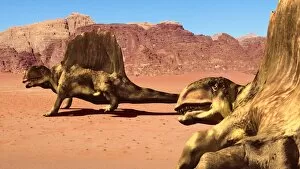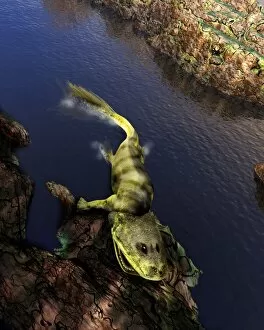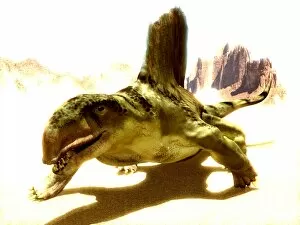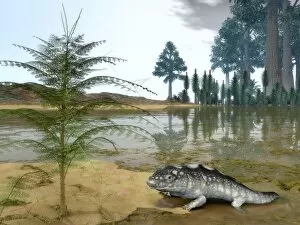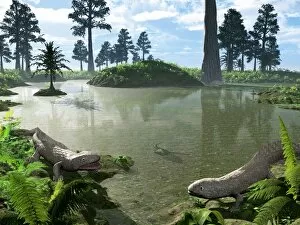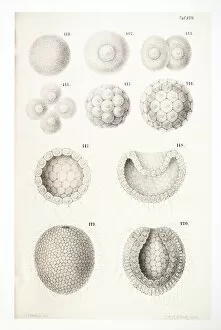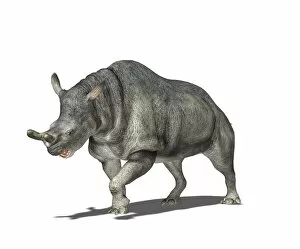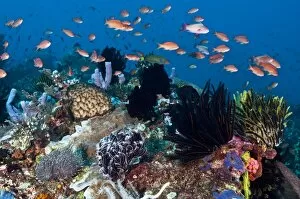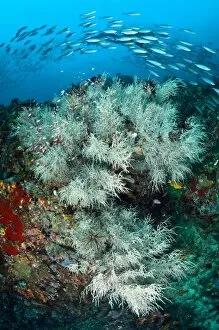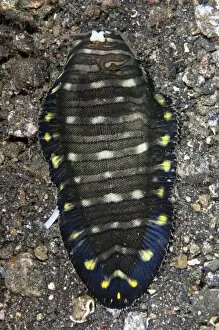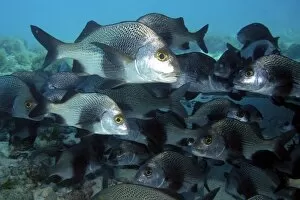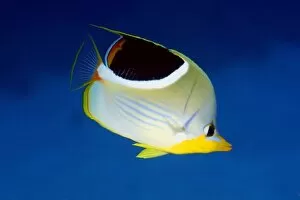Vertebrates Collection (#37)
"Exploring the Diverse World of Vertebrates
For sale as Licensed Images
Choose your image, Select your licence and Download the media
"Exploring the Diverse World of Vertebrates: From Megalodon Sharks to Alpine Birds" Dive into the depths of ancient oceans with the mighty Megalodon shark and its modern counterpart, the great white, as they rule over their underwater kingdoms. Discover nature's wonders at Avalanche Creek in Glacier National Park, Montana USA, where stunning landscapes meet a thriving ecosystem filled with fascinating vertebrate species. Witness the mesmerizing glow of a lava steam vent at night in Halemaumau Crater, Hawaii Volcanoes National Park - a reminder that even amidst volcanic activity, life finds a way for vertebrates to thrive. Marvel at Nevada Fall's cascading waters while admiring Half Dome and Liberty Cap in Yosemite National Park, California - an idyllic setting where diverse vertebrate species coexist harmoniously. Encounter the elusive Eurasian lynx (Lynx lynx), gracefully navigating through its natural habitat with stealth and precision - showcasing the beauty and adaptability of these remarkable vertebrates. Take a journey back in time to encounter prehistoric giants like the Megalodon shark or Leptictidium - creatures that once roamed our planet but have since become extinct, leaving behind only fossils as evidence of their existence. Explore Engraving after drawing by Sea lampreys artistically capturing their unique features; these jawless fish remind us that not all vertebrates conform to traditional body structures yet still play vital roles within ecosystems. Imagine encountering an ancient Woolly Rhinoceros roaming icy landscapes during Earth's distant past - reminding us how climate change can shape both habitats and survival strategies for various vertebrate species throughout history. Observe Rocky Mountain Elk braving harsh winter conditions in Canada's majestic Rockies; their resilience showcases how these magnificent mammals adapt to survive despite extreme weather challenges faced by many North American vertebrates.

